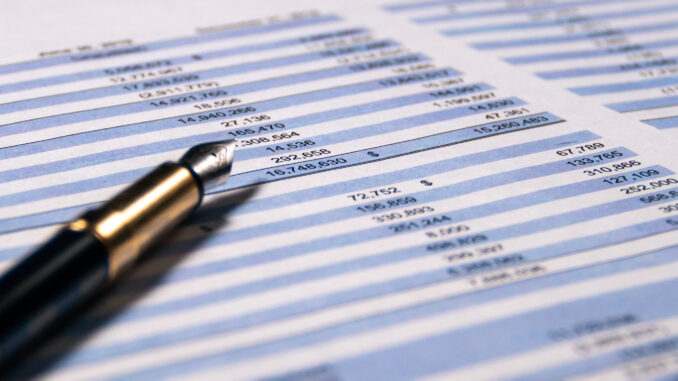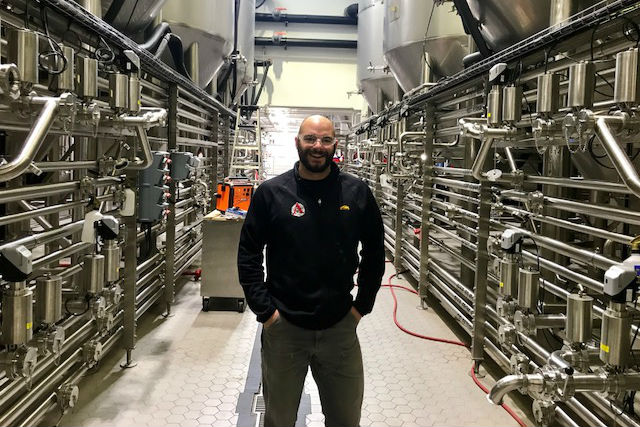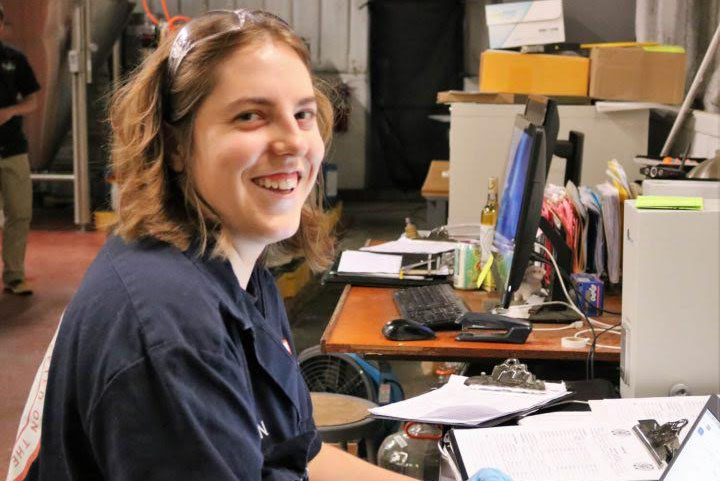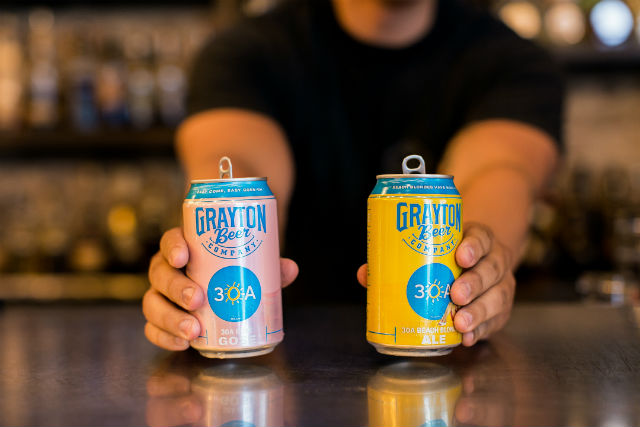
A common theme in the craft brewing industry is that there are folks who turned a passion or hobby into an actual business but they may not have had the background of running a business and what it takes.
“A lot of us, maybe, left corporate America, because we hated that,” Adam Benner said. “But you kind of do need some of that structure. That’s why those businesses have been around for hundreds of years.”
Having business acumen is important to the industry, the president of Land-Grant Brewing explained.
“The headwinds are coming, the way interest rates are and it’s probably more important than ever to think about your business as a business,” he said during a seminar about determining a proper P&L for your brewery.
He, along with the brewery’s Controller, Keith Hamrick, and Wolf’s Ridge co-founder Alan Szuter spoke on how to split out fixed and variable costs between your taproom and wholesale along with understanding if both sides are being profitable past a high-level view.
“From a distribution and taproom side, it’s pretty easy to assign cost of goods and revenue,” Hamrick said. “If a receipt comes from your POS, it’s revenue with the taproom. If you have a customer sale to a distributor or an individual bar, that’s going to be revenue for your distribution side.
Cost of Goods follows a pretty similar, easy-to-break-out example, he added. Where things get a little dicey is anything that would be considered overhead.
“You can’t necessarily tally one thing specifically to the taproom … or distribution,” he said. “You’ve got to allocate these by some weight to both sides of that business unit. And there’s no real magic bullet for how to allocate overhead, you have to use the method that is measurable, repeatable, and logical.”
READ MORE: How Wolf’s Ridge Upped Its Sustainability Reach
Szuter explained that when Wolf’s Ridge first started with one location, they had the restaurant, tap room, event space, and brewery all together and one of the most difficult problems they had was determining an allocation for utilities. He said they were fortunate to use a company that put sensors on various panels to track usage and then extrapolate out from there.
Even without sensors, Benner said you can look at your monthly electric and gas bills and look for different spikes through the year and compare that to your production volume to kind of estimate it out.
“At the end of the day, we’re not a publicly audited company, it doesn’t have to be 100% perfect,” he noted. “I think that’s one of the things with any of these types of projects is that that ‘perfect is the enemy of the good.’
“As long as you are making a smart allocation and thinking about what that is and not having that prevent you from doing this analysis, you can get a better idea of the areas of your business.”
Understanding your fixed costs versus your variable costs is important, Hamrick noted.
“Rent is fixed,” he said. “It’s something that if you produce more volume — unless you need to get more space — that’s not going to increase. Increasing volume absorbs more of that overhead cost versus if you need to end up hiring more people, that labor is going to be attributed and flow with your increase in volume.
“Utilities can fluctuate with increased production, so it’s understanding within your financials, what your fixed and variable costs are. It’s important so you can model that out.”
Photo courtesy Adobe Stock







Be the first to comment